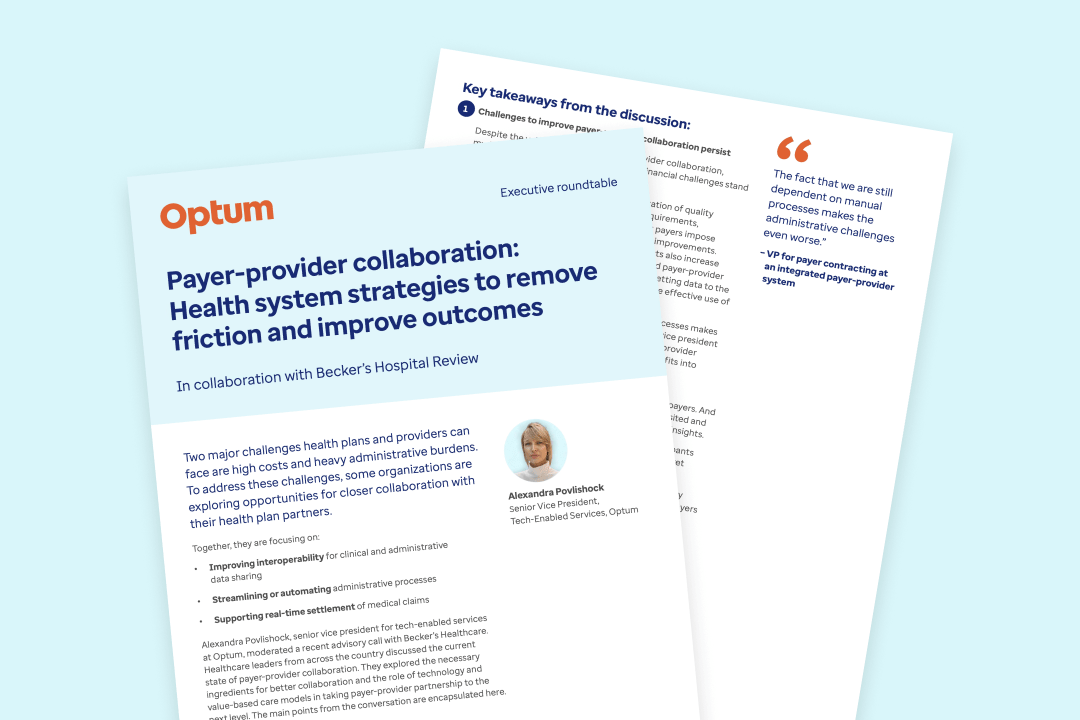The way patients access healthcare is shifting
For generations, the operative word in the phrase “going to the doctor” was going. As in, venturing to a doctor’s office or hospital to receive needed healthcare, often at significant cost such as missing work or arranging for childcare or transportation. One study revealed that Americans travel an average of 34 minutes to see a physician, and that the economic cost of both traveling to and waiting for healthcare services tops $89 billion annually.1 And that’s if they can reach a doctor at all: More than 80% of the counties in the U.S. qualify as “care deserts,” with little to no health services options available.2
For many people, these personal costs have simply been too high, and often the most feasible option has been to forego the visit altogether. The net result? A dearth of preventive care for those affected, ultimately leading to poorer health outcomes down the line. Missing out on screenings and other forms of preventive care is a serious matter. In fact, up to 100,000 lives could be saved each year if Americans fulfilled annual screening recommendations.3
Thankfully, this long-standing model of in-hospital or in-clinic healthcare visits has seen extensive disruption in recent years, with telehealth becoming ubiquitous and hospital-at-home treatment methods gaining steady momentum. Urgent care facilities are helping to mitigate the distance gap that affects so many Americans. Drugstore chains now offer services ranging from blood pressure readings to immunizations. The American Hospital Association also reports that 75% of hospitals employ virtual or video telehealth solutions to connect with patients, and 61% now have the capacity to monitor patients remotely.4 At last count, 277 hospitals in 37 U.S. states had been approved to offer hospital-at-home services.5
Even better news: These shift-of-site services tend to cost significantly less, and hospital-at-home services have been shown to be safer than a hospital visit for some patients.6 And research reveals no dip in the quality of care between acute remote health services and those offered in person.7 But there is a further benefit to these innovative shift-of-site solutions, which is that they can better meet the unique needs of an often-underserved group: women. For reasons of cost, convenience and other circumstances specific to women’s lives, making healthcare easier to access from home is a lifesaver to this population. Here’s why.



